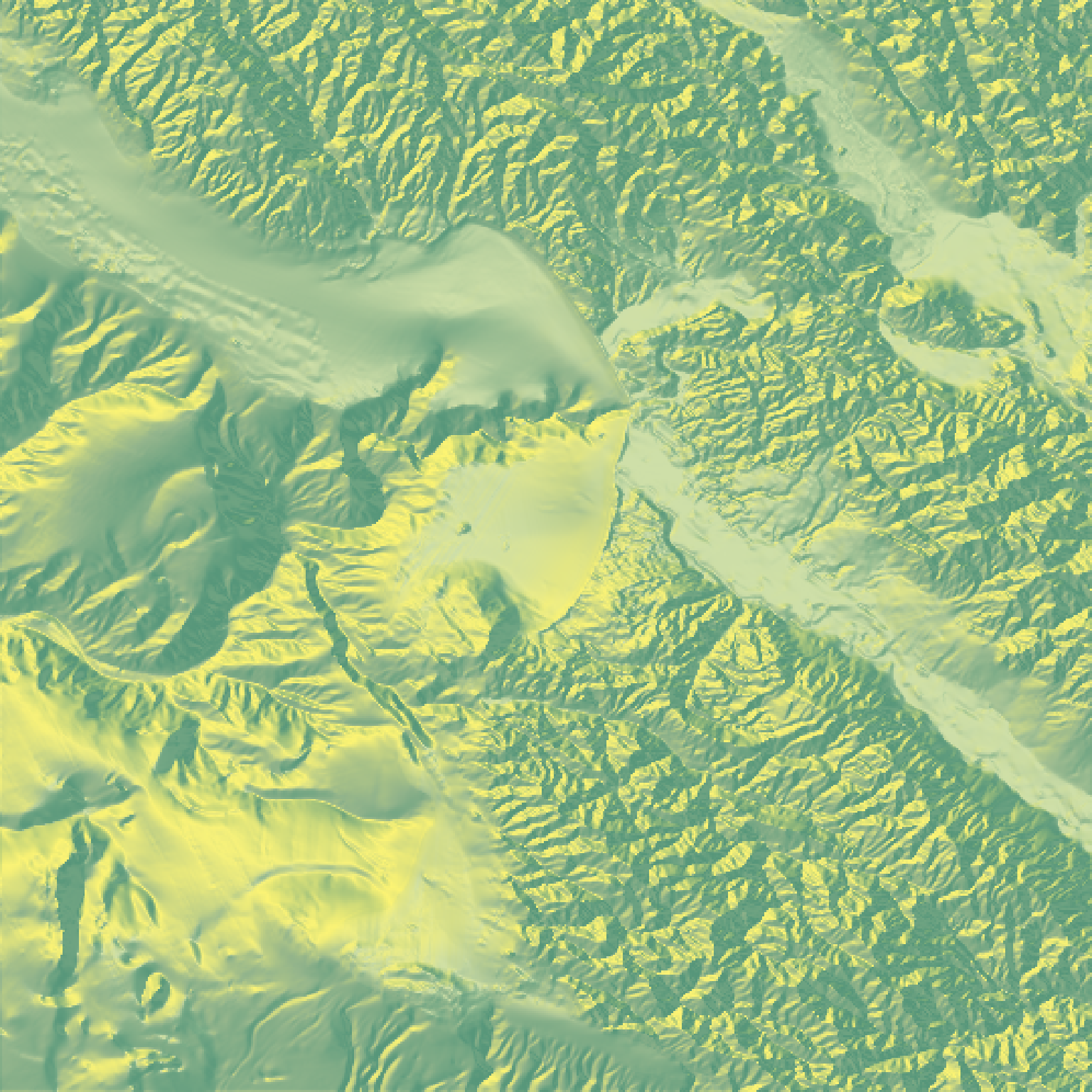Turns a raster into a matrix suitable for rayshader.
raster_to_matrix(raster, verbose = interactive())Arguments
- raster
The input raster. Either a RasterLayer object, a terra SpatRaster object, or a filename.
- verbose
Default
interactive(). Will print dimensions of the resulting matrix.
Examples
#Save montereybay as a raster and open using the filename.
if(run_documentation()) {
temp_raster_filename = paste0(tempfile(),".tif")
raster::writeRaster(raster::raster(t(montereybay)),temp_raster_filename)
elmat = raster_to_matrix(temp_raster_filename)
elmat |>
sphere_shade() |>
plot_map()
}
